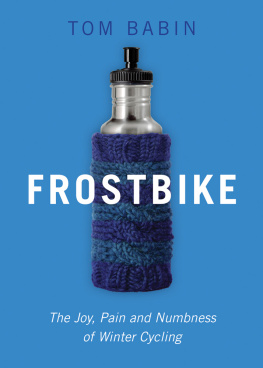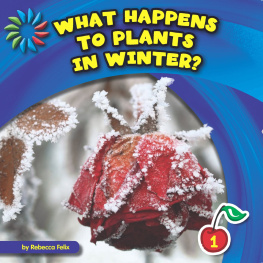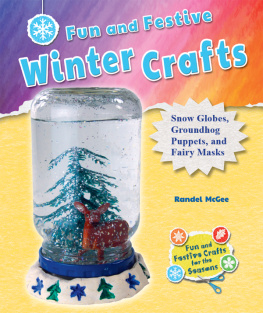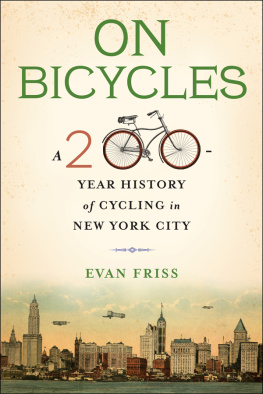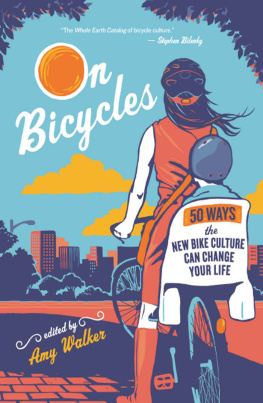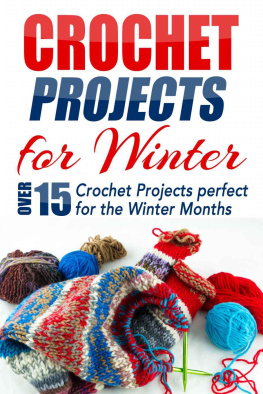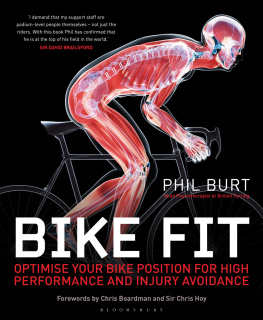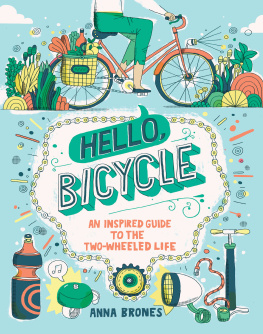CHAPTER 1
When Edward R. Jesson, driven by a bad case of gold-rush fever, burst into the Klondyke Hotel in Dawson City, Yukon in the winter of 1900 and excitedly showed his brother-in-law the tag for his new bicycle, the reaction was swift. What the hell are you going to do with a wheel? his brother-in-law asked. Then, Jessons brother-in-law gathered some of the nearby lollygaggers and old-timers, presumably to maximize the embarrassment he was about to deliver. This brother of mine is going to try to get to Nome on a bicycle. There was laughter all around. Hes crazy.
Jesson was many things prospector, entrepreneur, and proprietor but he wasnt crazy. The American was still in his 20s when word spread of a gold strike near the Klondike River during the summer of 1896, prompting Jesson to blaze a path to Seattle to put together a proper prospecting outfit with dreams of striking it rich. Along with thousands of others rushing to the Yukon, Jesson headed north via the Skagway River, after which he ended up prospecting on the Kenai Peninsula south of Anchorage, at a place optimistically named Hope and Sunrise. Like nearly all of the Yukon stampeders, however, Jessons dream quickly soured. By 1899, he had all but given up on the mining business, instead opting to open a small store and post office in Star City, located about 200 kilometres down the Yukon River from Dawson. There were other ways to eke out a living during the gold rush.
None, however, captured the imagination like a big strike. So, in 1899, when word spread of a glittering new discovery on the western shores of Alaska, 1200 kilometres away in Nome, a new stampede began. Thousands of frustrated prospectors picked up stakes in Dawson and headed west, down the Yukon River trail, toward Alaska. Jesson couldnt resist.
Despite the regions sometimes horrendous cold spells, winter was the best time to make long trips in gold-rush Alaska. There were few roads, so traversing these areas in summer meant battling mud, insects and untamed brush. Winter, however, locked rivers into a frozen highway that offered at least the prospect of navigation. But it was rarely easy. Some parts of the river would freeze as smooth as glass making for easy transportation, encouraging at least one stubborn Norwegian, Jesson later recalled, to strap on ice skates to traverse the route, a scheme that ended when the Scandinavian broke through the ice on a big crack. More common than glass was a lurching, unpredictable obstacle course of ice, snow, rocks and earth. Rivers rarely freeze uniformly. Shallow patches and slow-moving eddies freeze first, cause backups and ice jams that create spillways that solidify unevenly. Blowing snow piles up and hardens in unpredictable ways, creating immovable boulders of ice fused with tree roots and spruce trunks. Cracks open, fill with snow, then refreeze, rendering the treacherous also invisible. For much of its distance, the Yukon River was about as similar to a skating rink as it was to Denali.
The challenge prompted feverish prospectors to try all sorts of ways of getting around Alaska and the Yukon in winter. Mules and horses were the most common, but few were hardy enough to survive the trip. So many horses were killed on the White Pass between British Columbia and Alaska on the way to the Klondike that it became known as Dead Horse Trail. One gold rusher recalled seeing at least one frozen horse carcass being used to clear snow from some parts of the Dawson-to-Nome route. The best way to get around the region was by dogsled, and in the summer of 1900, the Yukon River was teeming with mushers. Until Jesson had another idea.
The Yukon gold rush coincided with another kind of fever that was settling into the imaginations of many people farther south. Bicycle fever.
Only several years earlier, English inventor John Kemp Starley put together several great ideas to build the first commercially successful bicycle. The Rover, as he called it, was based on the safety model with two wheels of the same size on the double-triangle frame that is still used on bicycles today. It was a huge change from the famous, and dangerous, big-wheel-in-front tiny-wheel-in-back penny farthings that came the generation before. Today, we tend to think of penny farthings as an inseparable part of the Victorian era, but they never achieved mass popularity, mostly because they were expensive and terrible to ride. Crashes were so common the bikes became almost exclusively the domain of well-heeled adventure-seeking young men who didnt mind having their skulls cracked. Today, several companies build penny farthing replicas, presumably for the type of consumer who craves both Victorian-era nostalgia and attention. Despite improvements in materials, riding one still feels like a suicide attempt. Mounting them is relatively straightforward, provided you kick off with enough power to step over the seat. They can be a thrill to ride, especially when you catch a gaggle of gawkers straining their necks to watch it pass by. Dismounting it, however, is a learned art that makes you appreciate why some manufacturers in the 1800s started building mustache-shaped handlebars so riders knees wouldnt clip them when they were inevitably ejected over the front wheel. Headers were just part of the ride.
The other great technological advance of the late 1800s was the development of the pneumatic tire. Before veterinarian John Boyd Dunlop perfected the idea of stretching rubber around a wheel to soften his sons bicycle ride, wheels were often made of wood or steel. Rides were so rough that penny-farthings were sometimes called boneshakers. The pneumatic tire suddenly made bicycles comfortable. With safety models gaining popularity around the same time, thanks to having two wheels of the same size thereby reducing those head-crushing crashes, all that was left for a bona fide consumer craze was somebody to bring it all together.
That somebody was Starley, who incorporated the newer, safer bicycle design with the more comfortable pneumatic tires, and voil: the bicycle became a phenomenon. Bicycle clubs quickly popped up in cities all over Europe and North America. Bike races were the most popular sporting events of the time. In New York, races in the days biggest venues were regularly sold out, and organizers of a bicycle exhibition in 1896 at Madison Square Garden were forced to turn away as many exhibitors as they accepted for lack of space. Bicycles became symbols of feminism as women used them to get around where and when they pleased, prompting newspaper editorialists to scream about the moral decay being caused by bicycles. Wheels, as they were often called, were seen as vehicles of the future, and were greeted with the same kind of enthusiasm for technology that greeted the iPhone 130 years later. As for the bicycle, there is little to be said about it, wrote Charles Dickens in All the Year Round: A Weekly Journal in 1883. The machine seems to have reached as near perfection as possible. A similar sentiment is captured in the scene in the film Butch Cassidy and the Sundance Kid when Paul Newman and Katharine Ross wheel around on a bicycle while Raindrops Keep Falling on My Head plays in the background; a symbol of a changing world that was leaving the old outlaws behind.
This fervour found its way to the Yukon, where Jesson plunked down a bag of prospected gold weighed out to $150 and headed over to the saloon to tell his brother-in-law about his plan to ride his new bicycle more than 1200 kilometres down the frozen Yukon River, from Dawson to Nome.
Jessons brother-in-law cant be blamed for his skepticism. For all the fuss being made about bicycles, few people ever saw them as viable winter vehicles. Even in the enthusiastic sporting journals of the day, assumptions about bikes in the winter are the same as the ones held by most people today: youd have to be nuts to ride in the winter. Cycling clubs spent their winters organizing racing and complaining about how horsemen and stagecoach drivers were hogging the road. Rarely, however, were they on their bikes. The idea of riding in the winter is rarely discussed, save this poem in the

